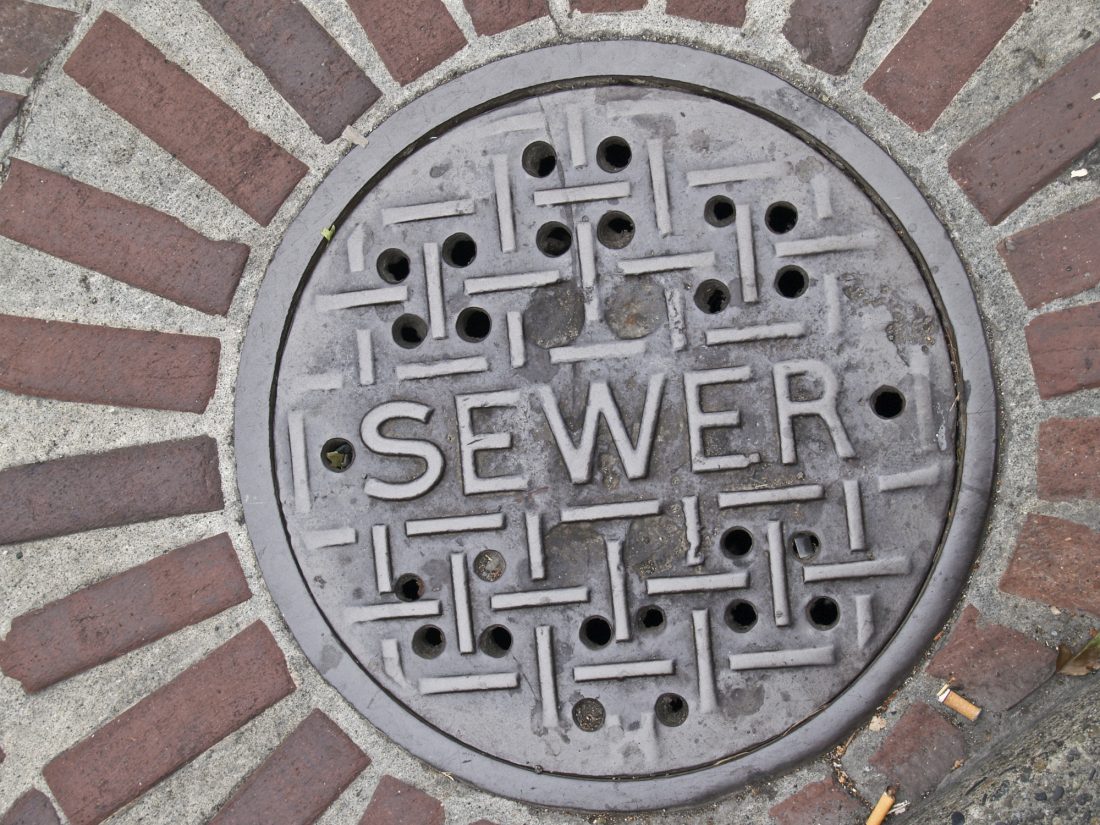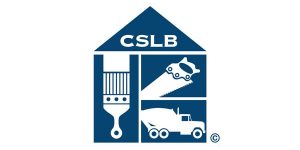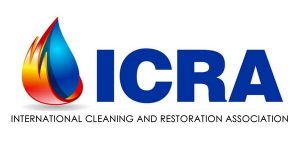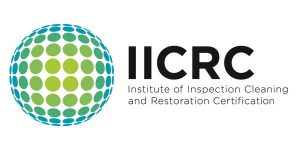
Whether caused by a clog in your own sewer line or heavy rains overwhelming the system, sewage back-ups are one of the leading causes of expensive water damage. A web search will turn up blogs and videos on how to do sewage cleanup yourself… as well as posts saying you should never do it yourself. We’ll hit the high points here.
Hazards
Besides being totally disgusting, anything that involves raw sewage presents a very serious health hazard regardless of scale. Not only in the mess itself, but bacteria, viruses, and fungi soon become airborne and can spread the risk far and wide. Exposure often results in gastro-enteritis with symptoms such as vomiting and diarrhea (and worse) quickly developing. Other common disease hazards include
- E-coli,
- giardia parasite,
- hepatitis,
- round worms,
- salmonella, and
- tetanus
Once disease organisms make their way into porous materials it can be nearly impossible to completely kill them off.
DIY
In a pinch you might tackle little problems, such as a small backup into a shower stall. If the shower or tub is one-piece fiberglass the following steps are probably enough. But if there’s tile and grout or the place has really stunk up (so airborne pathogens are more likely)… that’s a different story.
Immediate action is critical in preventing the spread of health hazards and neutralizing pathogens before they have had time to multiply. Always keep in mind that even clean looking water is also contaminated.
- Keep everyone away. Ventilate the area to the outside. Do not use central heating or air conditioning — it will become contaminated and require special cleaning.
- If you’re cleaning up yourself, wear a long sleeve shirt and pants, work boots, rubber gloves, goggles, and a mask. If you have any cuts or rashes you should not take part in the clean up.
- Remove porous items such as towels, carpet, stuffed animals, etc. If they’re damp or have been exposed for a while they should be disposed of.
- Remove any contaminated building materials such as baseboard and carpet.
- Thoroughly clean all exposed surfaces (not just those damped by sewage) then disinfect with a solution of household bleach.
- Continue to ventilate in order to help the area dry out.
- Immediately afterwards shower and shampoo, and immediately wash the clothes you wore. Dispose of the rubber gloves and mask filter.
When You Need a Pro…
That’s a lot of work. And no small personal risk. For safety it’s always best to call in a water damage restoration specialists such as Service First. We have the extensive training, advanced equipment, non-consumer cleansers and disinfectants, and personal protective gear it takes to do the job right. That includes containing the backup and isolating the area with negative-pressure exhausts, a first step skipped even by some companies who should know better.
We also understand all the ins and outs of water damage. Contaminated water can seep through the tiniest cracks in linoleum and into the sub-floor as well as reaching into walls and cabinetry. We know exactly how to track down and deal with those issues. And you can count on us for proper transportation and disposal all materials classified as hazardous waste.
You won’t have to face the nasty scene, and you’ll have the peace of mind that everything’s taken care of. And you won’t be facing any surprises and expensive follow-up corrections such as mold remediation.
Discover More
To dive deeper into the details you may want to check out https://inspectapedia.com/hazmat/Sewage_Cleanup_Procedures.php.









